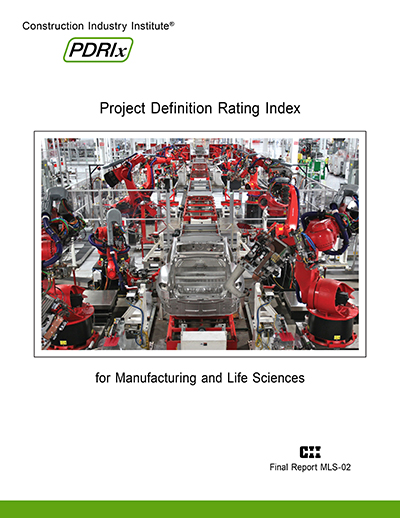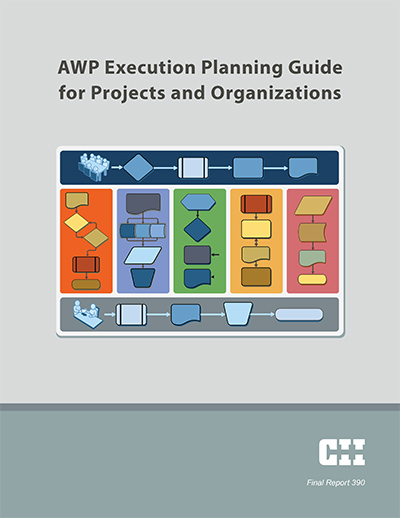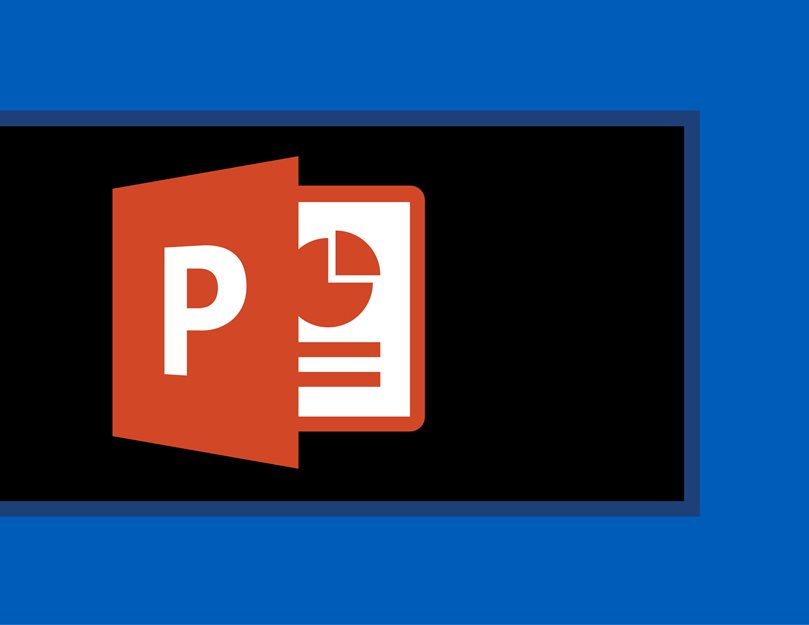
PDRIx: Project Definition Rating Index -- Manufacturing & Life Sciences
PDRIx for Manufacturing and Life Sciences (MLS) Projects is a scope definition tool developed specifically for the MLS sector to help project teams measure the degree of scope definition, identify gaps, and take appropriate actions to reduce risk during front end planning. PDRIx for MLS Projects is a derivative of PDRI–Industrial that follows the same recommended practices for conducting PDRI assessments. Research Team MLS-02 (RT-MLS-02) updated the earlier PDRI element list to address the critical scope definition needs of capital projects with the following features:
- Involve manufacturing of products within a facility.
- Include both process- and building-related design elements.
- Follow a rigorous commissioning and qualification process in a highly regulated environment (e.g., FDA, EPA, OSHA).
- Make extensive use of enterprise and control systems for business and process automation.
- Adhere to strict environmental controls.
This report provides an overview of RT-MLS-02’s research and development of PDRIx for MLS Projects. The research team identified several new elements to address critical scope definition needs of the MLS sector. It also made element updates and additions to address technological, design, and project management innovations that have become industry standards since PDRI–Industrial was first published in 1995.
Overall, PDRIx for MLS Projects includes 83 elements, compared to 70 in PDRI–Industrial. The additional elements in this PDRIx are primarily located in two new categories under Section II – Basis of Design:
- Category H. Building Programming & Design Parameters
- Category K. Enterprise & Control Systems
The research team conducted weighting workshops to assess the relative importance of each element in terms of its potential risk to successful project delivery. These workshops attracted 30 industry professionals (26 with previous PDRI experience) from 18 different organizations within the MLS sector. This undertaking represented the first time in more than 20 years that the relative weighting of elements derived from PDRI–Industrial has been revisited, and the results showed a substantial shift in element weighting. Specifically, the most highly weighted elements in PDRIx for MLS Projects included the project cost estimate (a new element), project objectives and strategy, and specifications for the products to be manufactured or the services to be offered.
The PDRI methodology has helped project teams to improve scope definition and alignment, and it has provided greater transparency by identifying gaps. These benefits help equip all project stakeholders to respond better to risks identified in PDRI reviews, to predict potential issues, and to improve cost and schedule performance. PDRIx for MLS Projects aligns with this proven methodology, as well as CII’s recommended practices for implementing PDRI. Previous CII research shows that industrial projects with a PDRI score under 200 (better-defined scope) consistently outperform projects with a PDRI score above 200 in terms of cost, schedule, and change orders (CII 2013).
Preliminary validation testing results from completed and in-progress projects which RT-MLS-02 examined indicate that organizations should achieve improvements in project performance similar to those realized using PDRI–Industrial; however, the PDRIx for MLS Projects’ updated element weightings should help project teams more accurately identify which elements pose the greatest risk to successful project delivery. Overall, an analysis of 42 projects, representing more than $5.06 billion in total installed cost shows that PDRIx for MLS Projects gives project teams in the MLS sector an effective assessment tool to understand risk and help identify gaps in scope definition. (See Appendix D for details on the test projects.)



